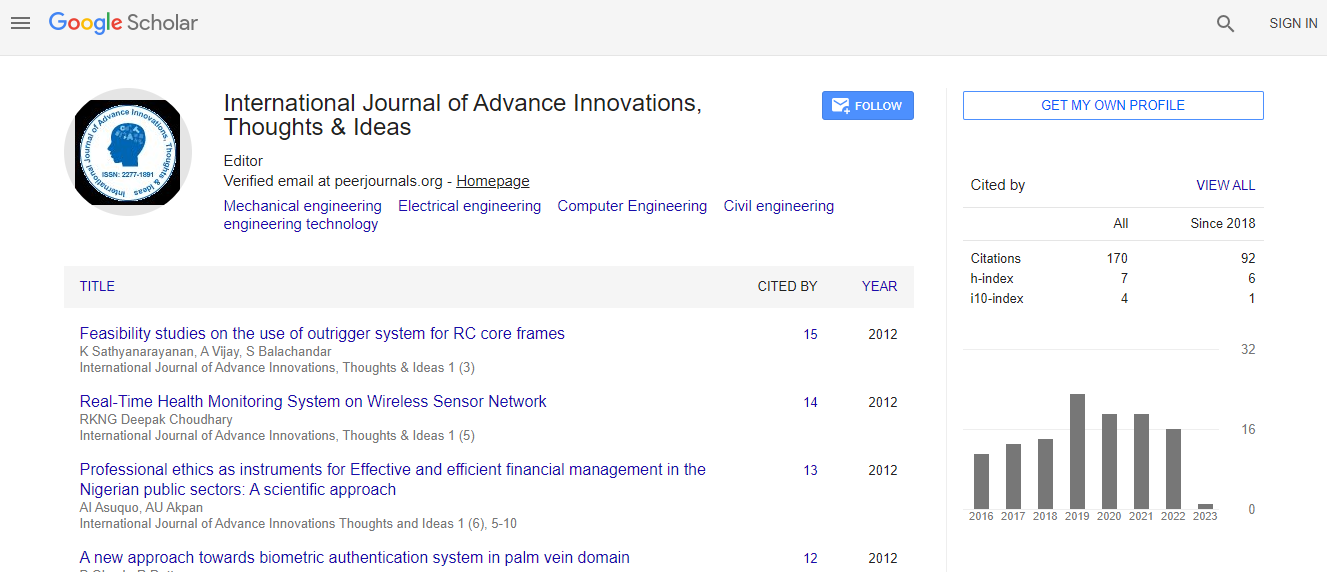Research Article
Study of Wireless Mesh Network over Medium Access Control Layer
Meenu Talwar1* and Sandeep Singh Kang21M.Tech (CSE), Department of Computer Science and Engineering, C.G.C, Punjab Technical University, Jalandhar, India
2Associate Prof, Department of Computer Science and Engineering, C.G.C, Punjab Technical University, Jalandhar, India
- *Corresponding Author:
- Meenu Talwar
M.Tech (CSE), Department of Computer Science and Engineering, C.G.C
Punjab Technical University, Jalandhar, India
Email: er.meenutalwar@gmail.com
Abstract
Ad hoc networks can be established every time and everywhere, and they are usually comprised of a group of workstations or other wireless devices that communicate directly with each other to exchange information. Usually there is no central management available. The topology in ad hoc networks may change rapidly due to the unpredictable mobility of individual devices. A wireless mesh network (WMN) come under the category of Ad hoc networks that is a collection of self-configuring, self-healing stationary mesh routers and mobile clients. In the dissertation deploy multiple applications in the WMN scenario that was not done in the previous research work and also to provide Internet in the network scenario used in this report. TCP Reno protocol has been used to improve the performance of symmetric networks. This protocol providing end to end link connection maintained on the network devices. It tries to detect impending congestion by tracking the average queue size in the recent past and then informs the receiver to dynamically decrease the frequency of acks so that each ack effectively acknowledges several packets. From the proposed work, first analyze the benefits of asymmetric links and second perform a simulation study in which measure the performance of the Network scenario. All experimental results are based on OPNET base simulator implementation. We also implement a model especially designed asymmetric networks that is used to monitor network conditions and gather relevant metrics and factor values. Experimental results show that the proposed modeling technique is able to overcome the problems like Response time and throughput.

 Spanish
Spanish  Chinese
Chinese  Russian
Russian  German
German  French
French  Japanese
Japanese  Portuguese
Portuguese  Hindi
Hindi 
